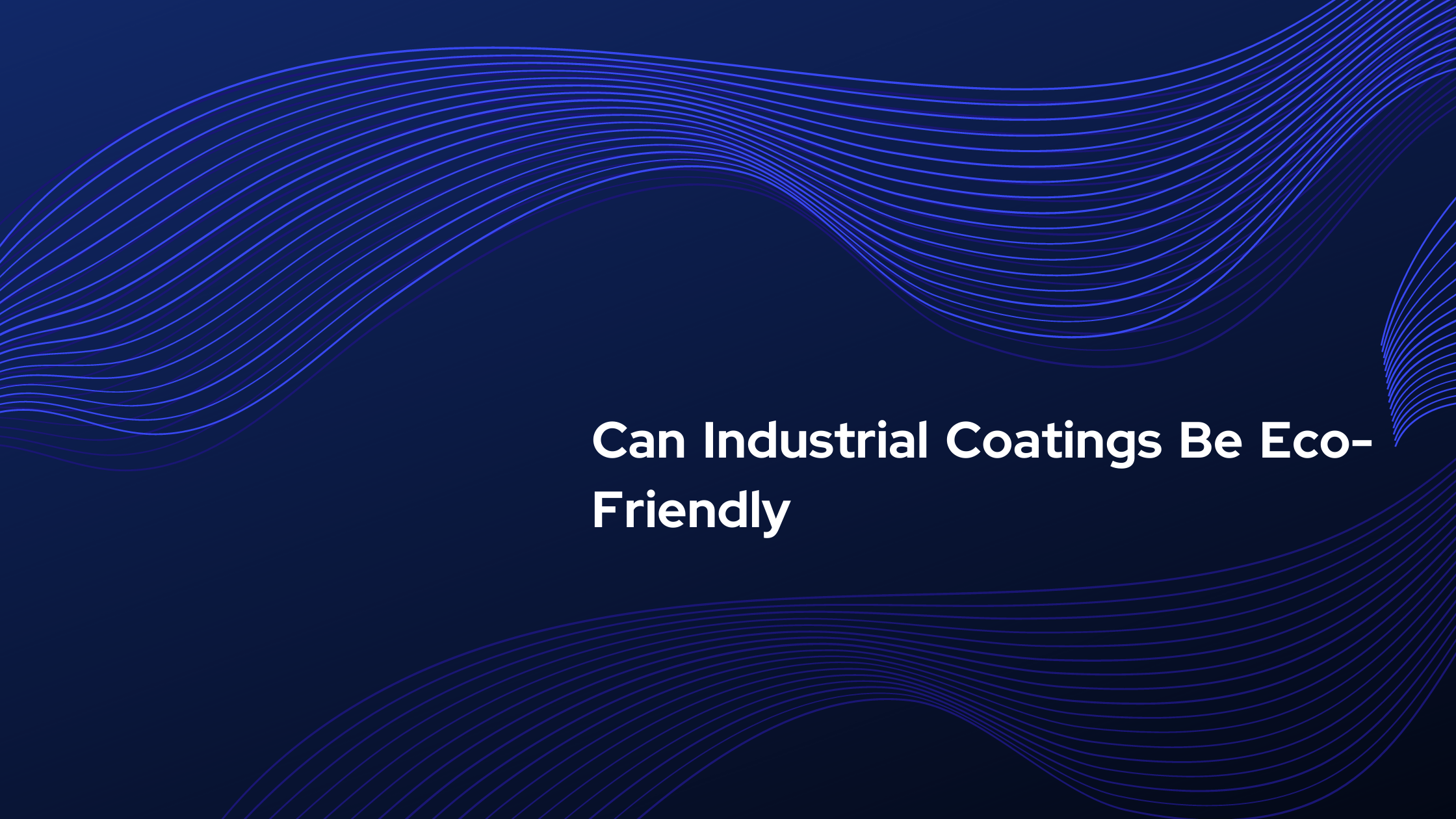 Like most other industries, the industrial coatings space has been influenced by the modern desire to be ecologically friendly. Designing, manufacturing, and promoting eco-friendly coatings is especially important as more information comes to light about the potential risks of Volatile Organic Compounds (VOCs) in coatings.
Like most other industries, the industrial coatings space has been influenced by the modern desire to be ecologically friendly. Designing, manufacturing, and promoting eco-friendly coatings is especially important as more information comes to light about the potential risks of Volatile Organic Compounds (VOCs) in coatings.
VOCs usually derive from human-made chemicals, including many of the solvents used in paints and other industrial treatments. They are emitted as gasses from solids or liquids at room temperature, potentially posing severe health risks to anyone who does not have a safety plan in place to minimize exposure.
Over several years, more regulations have been put into place to control VOC risk in the industrial workplace. Many companies have now made an independent commitment to reduce VOC usage as much as possible. This is significant because VOCs and other pollutants can pose risks to people and the environment for years.
In fact, VOCs are associated with damage to the Earth’s ozone layer.
Luckily, the turn against VOCs is just one sign of an overall trend toward better environmental practices. It is becoming easier for facilities managers to select and source coatings that will not endanger the natural world.
Cost and Performance Considerations in Environmentally Friendly Coatings
When you select industrial coatings in the marketplace today, you will generally have two options.
Many coatings continue to use VOCs and may have a harsh environmental impact, requiring unused amounts to be carefully stored or disposed of. These products are based on older formulations that have not yet been phased out. They are generally less expensive than coatings designed to address environmental harm.
On the other hand, new products are reaching the market every day. Protecting the environment is one of many considerations incorporated into these updated designs. However, they may be more expensive. Likewise, changes in the product’s composition can influence how it is best used in the workplace.
Naturally, the goal is always to produce a new product with equal or better performance qualities. Even so, though, it might be necessary to adjust how you apply or maintain the coating. For example, an eco-friendly coating might require a primer layer, while the earlier version of that same product did not.
Luckily, the eco-friendly share of the coating market is expanding rapidly.
Limiting the Environmental Impact of Your Industrial Coatings
People outside of the sector often think that “industrial” and “environmentally destructive” are inherently linked. This misunderstanding might come from something as simple as the phrase industrial waste, which simply denotes waste that must be disposed of in a particular way to prevent harm from coming to pass.
Every aspect of industrial operations can be optimized to limit or eliminate environmental impact, and coatings are no exception. Powder-based coatings are entering best practices as far superior to traditional liquid paints when sound environmental policy is a major consideration.
One of the most significant advantages of powder paint is its near-zero VOC emissions. The tough and durable finish lasts a long time but does not emit VOCs over that extended lifespan. Compared to conventional liquid coating, it is effectively inert. This also makes it safer to handle, transport, store, and apply.
Some other benefits include:
1. Significantly Less Hazardous Waste
Wet paints create hazardous waste products at several points in their life cycle, including during retouching and disposal. Conversely, there is virtually no need for special handling of powder paint products, even under the most demanding circumstances. This is due in part to the fact that solvents are not needed to rework substrates treated with powder paint. Instead, defects can be addressed by wiping the part clean or using compressed air.
2. Improved Reuse of Coating Products
No matter what kind of coating product you use, virtually all have some level of reduction – that is, not all of the coating will adhere to the substrate. In the case of wet paints, the unused material is wasted. By contrast, powder paint is designed to be captured with a special process called reclamation, which is especially effective when only a few colors are in use. The paint can be trapped in filters and reused in the same project.
3. Application and Maintenance Efficiencies
Some eco-friendly coatings can be sensitive to the surrounding conditions when they are applied or as they cure. With powder coatings, nothing could be further from the case. They are easy to apply and maintain, with few special requirements and no need for unusual equipment. This helps ensure that you can execute your maintenance strategy in the future without disrupting your normal workplace performance.
As to whether industrial coatings can be eco-friendly, the answer is a resounding “yes.” Powder-based coatings applied by a professional team of industrial painting contractors will lower your cost of ownership, improve substrate performance, and do your part for the environment.
{{cta(‘9de02520-f11a-488c-8c31-5b289e42101b’)}}






